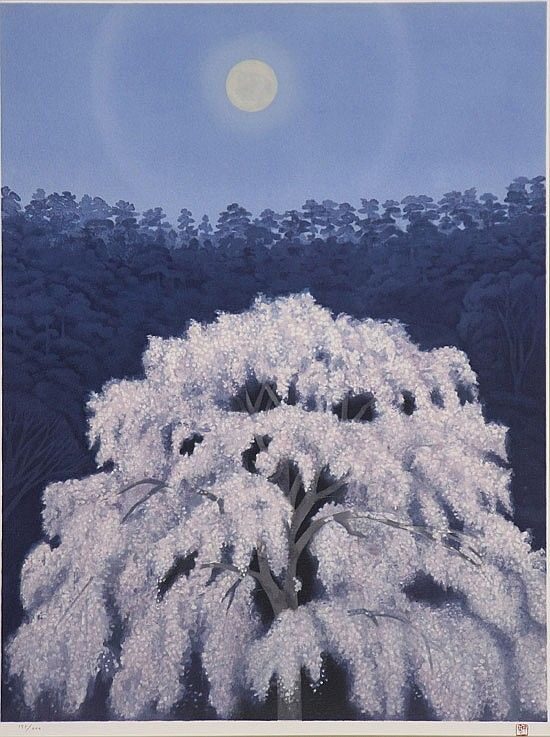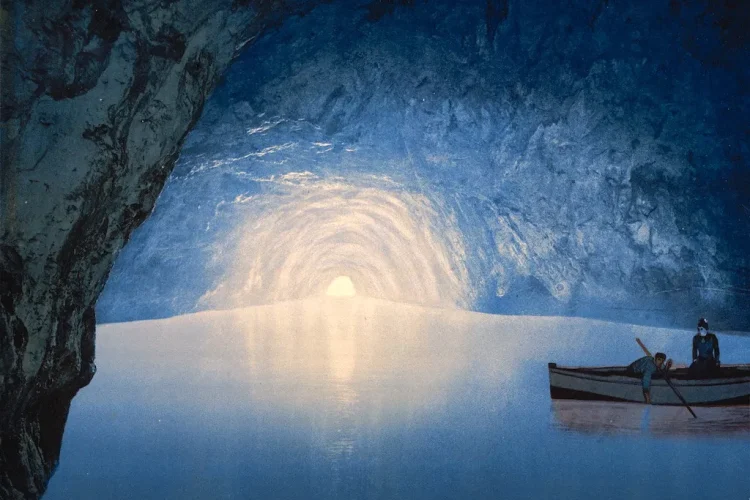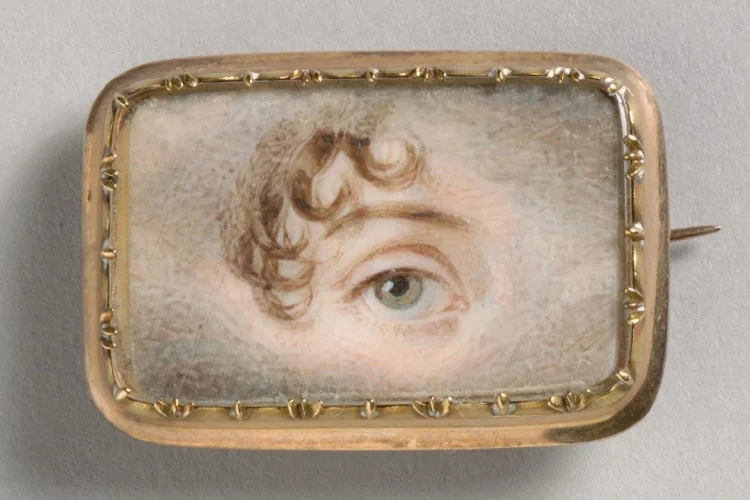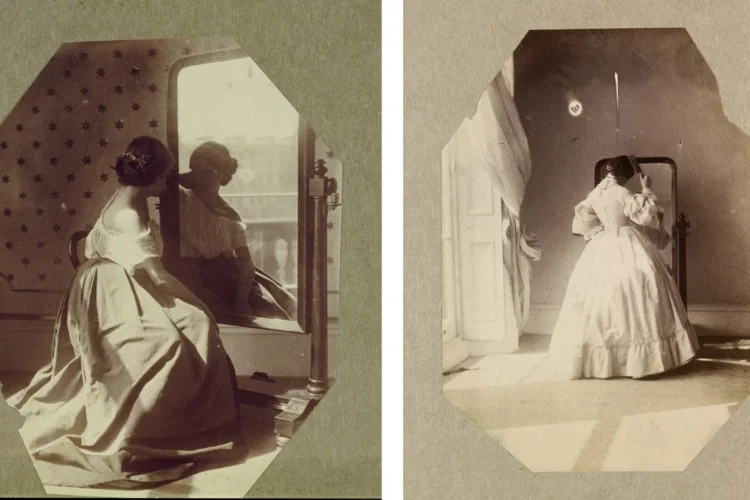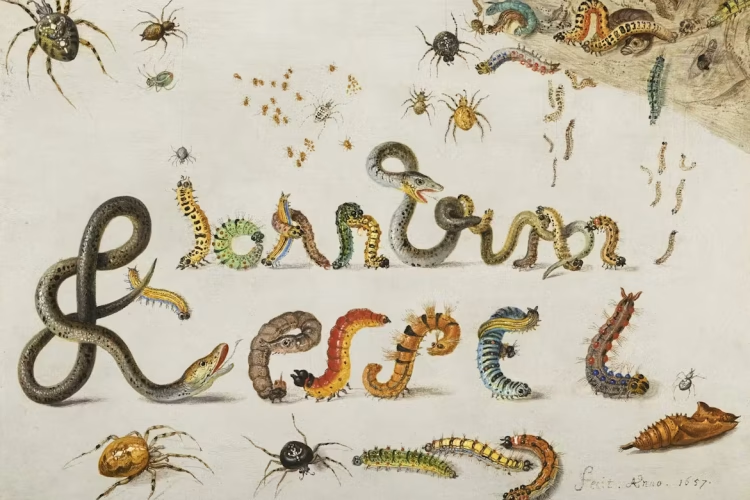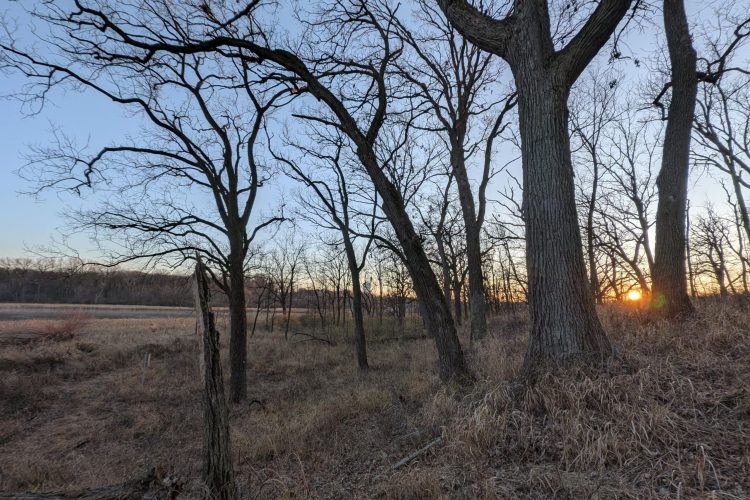J. Pennsylvania, United States
I keep looking for answers and dependable friends during this horrific rise of fascism. Do you think trees can be friends? Do you think they can teach us about how to relate better to human, to be better, more ethical people? Is there a poem that offers some direction on this? Thank you.
M.N:
I live out in the woods, so I’m surrounded by trees. Each of them has a story. A pileated woodpecker nearly took down the one in the front yard by the driveway. I watched him for hours. It was during the pandemic lockdowns, and I didn’t have much else to do. There are the large pines in the back where the barred owls dialogue in the hours between midnight and dawn. So many of birch and maples where yellow-breasted nuthatches perch upside down, black-capped chickadees brave the feeders amongst the larger birds, red-bellied woodpeckers who command every other bird’s attention as well as my own. It’s the birds I see, but they don’t really see me; their eyes are transfixed on the trees. They are so much smarter than us. So, when I saw your question and your message about trees, friendship and “this horrific rise of fascism,” I immediately thought of a book I’d recently written a blurb for, Jeff Derksen’s Future Works, just released by one of my favorite presses, Talonbooks in Vancouver. Derksen’s volume is one of the most compelling things I’ve read on your very specific question, the rise of fascism and the role of trees. It opens with an epigraph from Lorine Niedecker’s New Goose: “I think of a tree / to make it / last.” Unlike me and Lorine, Jeff spends most of his recent days in cities whose names begin with the letter “V,” Vancouver and Vienna, and the final third of Future Works is aptly subtitled “Urban Trees.” The poems in this section, with titles like “a city’s idea of itself (political economy of trees),” “future trees,” “trees in ‘The Indian Act, 1876’,” and “searching for the comrade tree” navigate these ongoing arborol relationships between ourselves and the Anthropocene in ways that I think you’ll find both interesting and compelling.
Jeff Derksen, https://talonbooks.com/books/future-works
Playlist: I’ve spent much of this late winter and early spring on microfilm machines at the New York State Museum in Albany, reading the Buffalo Evening News and Buffalo News reels, more than two hundred of them, from 1980 to 1988, for an autobiographical novel I’m beginning to work on. I played in a pair of electronic bands during those years, the horrible Reagan years which feel like they’re coming back in some ways in the USA today, harsher in some ways but today without the AIDS epidemic being horrifically cast aside from on high by the Gipper and Nancy and their right-wing cronies. When I finished all the microfilm reels at the New York State archives, I posted a story on IG, a photo of “my machine” where I’d sat for the past three months while spinning through the reels and stopping to make PDFs of articles that caught my attention. When I was trying to figure out what song to use to accompany the IG story about the conclusion of my microfilm adventures, the first and only one that popped into my head was from David Sylvian’s Brilliant Trees, an album released in June, 1984, the summer just before Reagan was re-elected in a 49-state drudging of Walter Mondale and Geraldine Ferraro. Sylvian’s album captures something of the timbre of those bleak days for me, days not unlike today, and when I look at the cover of the original release which I have on CD, or an image of the cover of the re-release on the web, the first thing I notice are the brilliant trees. It feels like music from those times and music for these times, and I especially loved finding this video of the original 1983 Berlin recording sessions for the album because I love seeing the process that goes into making any artwork. I hope you’ll enjoy it, too!
